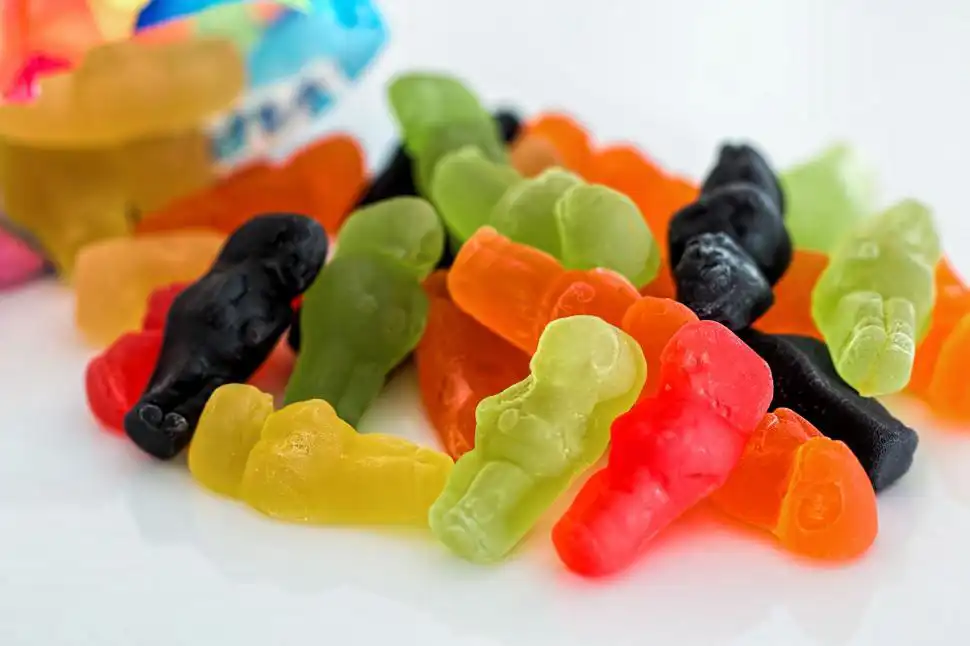If you are a parent of a curious toddler and have been wondering when your child will grasp the skills to enjoy ball games, be rest assured that you are not alone. Toddlers learn in a gradual process and in various stages, progressing from rolling, throwing, and finally catching a ball. This development journey greatly improves their gross motor skills and hand-eye coordination while also enhancing their reflexive reactions.
Your child may not be able to perform a perfect pass or an expert throw just yet, but they offer rewarding moments. Their joy at their first catch and their delight at the continuous interactions more than makes up for the time spent on throwing the ball to them over and over again.
The inevitable question on most parents' minds is, when will my child learn to roll a ball? Usually, most babies start enjoying the act of rolling a ball on a flat surface at the ages of 12 to 15 months. Some toddlers even start experimenting with this skill at an earlier stage. This form of play encourages visual tracking, hand-eye coordination and strengthens their fingers, while also introducing the concept of sharing and taking turns.

However, most toddlers only begin rolling a ball independently around the age of one. If your child appears to be on a different timeline, you can still incorporate balls into their playtime from a much earlier age. Encourage your baby's interest in grabbing toys from around 4 to 6 months by placing a vibrant ball within their view or tracking the path of a moving ball, which is a great way to help promote visual tracking.
Many parents also frequently ask when their child will be able to throw a ball properly. Most toddlers begin to display this skill between 15 to 18 months. A true overhand throw typically develops later, usually around the age of 2 to 3.
Your child might initially exercise this skill by flinging toys around haphazardly. A little guidance from you can go a long way in improving the activity. Throwing helps your child practice their fine motor and visual motor skills, in addition to developing their hand-eye coordination.
You can also expect your child to reach another significant milestone around their second birthday, when most children are generally able to kick a ball.
Catching a ball usually comes later, around the age of 3 to 4 years old. The initial attempts at catching a ball will probably involve your child hugging the ball to their chest. This skill requires a lot of practice to master, as it demands a high level of hand-eye coordination, reaction speed, and gross motor skills.
However, with time, most children progress to catching with their hands, instead of their bodies, usually during their third or fourth year.
If you are wondering how to aid your toddler in perfecting their throw-and-catch technique, we have some useful tips for you. Firstly, practice makes perfect. Provide your child with numerous opportunities to play ball. Do not forget to offer positive reinforcement by clapping and showing excitement whenever they show progress.
Recognize when your child becomes bored or loses interest in the play. If that happens, do not push them into further playing. It is also crucial to remember that progress is not always a straight line. The key is patience and persistence.
When it comes to playing ball with your child, there are numerous games you can consider. The game 'I roll, you roll' for instance, can help them get familiar with the concept. Sit on the floor across from your child and roll the ball towards them, narrating your action, and encourage them to roll the ball back to you. You can also start 'target practice' once they progress into throwing, letting them practice throwing various items.
Safety is critical when it comes to playing ball with your child. Selection of the ball is essential, and if your child is under the age of four, ensure that the ball being used for play is at least 1.75 inches in diameter to prevent them from choking on it.
On the whole, remember that every child develops at their own pace. Some children may demonstrate an enthusiastic inclination towards athletics and would happily play a game of catch, while others may show a preference for different activities. Try to be patient, knowing that your child's progress depends entirely on their unique timeline and interests. In case of any concerns regarding their developmental milestones, always consult with a pediatrician.
Ultimately, playing ball is a fantastic way to bond with your child while simultaneously developing their gross motor skills and hand-eye coordination. Varying your play routine to keep them engaged and paying attention to their reactions will guide you on when to give them a break. Remember, fostering a love for play in your child is of utmost importance.